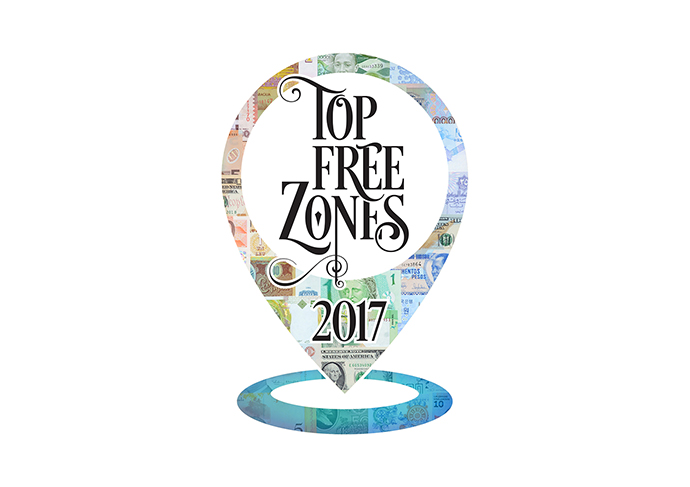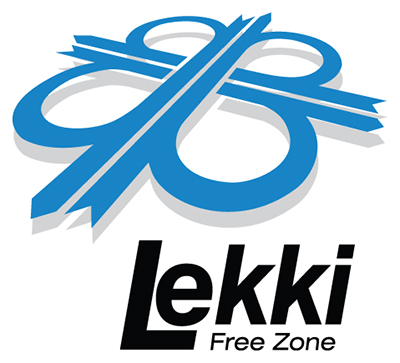As recently as 2015, there were well over 4,000 free zones. One could be forgiven for thinking there might be a unique name for every individual zone: free zone, foreign trade zone, special economic zone … the list goes on. But the name isn’t what’s important: Results are. So Conway has created a Top Free Zones ranking for the first time, recognizing the top two zones per world region, as determined by survey results from industry experts and site selection consultants based on the following selection criteria:
- Proven track record of success with investors
- Ease of access to necessary information, including incentives provided, permit requirements and other operations requirements
- Assistance provided to current investors and prospective investors
- Knowledgeable staff
- Professionality of official communications
- Ability to cater to customers who speak different languages if necessary
- Easy-to-use, helpful and informative website.
Congratulations to all of the zones recognized on the following pages.
While there has been an explosion in the number of free zones operating worldwide in the past few decades, including the number of countries with a free zone increasing from less than 30 in 1975 to 130 in 2006, not every free zone is a guaranteed success. India has hundreds of zones that haven’t gotten off the ground, including more than 60 in Maharashtra state alone.
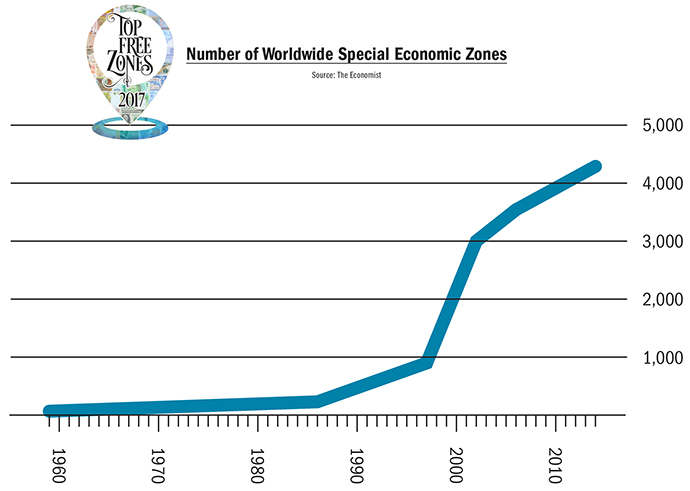
Vision, adaptability and good management are required to ensure a free zone succeeds. For example, Costa Rica and India have expanded their free zone production goals in recent years. Rather than focus solely on the textile and apparel production that has long dominated their free zone production, Costa Rica and India have sought to diversify their free zone production output. Costa Rica has emphasized electronics and pharmaceuticals production in the last few years, and India has increased its focus on food and electronics production. Both countries recognize the need to be adaptable if they wish to see their free zones succeed.
Vision, adaptability and good management are required to ensure a free zone succeeds.
There have been other free zone successes over the past few decades. Site Selection Managing Editor Adam Bruns noted “China’s first special economic zone — Shenzhen — is now one of its most developed and innovative cities.” The Economist has argued South Korean zones are amongst the world’s most successful due to their ability to foster links between companies operating in the zones and local suppliers. Honduras has also been successful at connecting local industries with companies operating within their zones and at ensuring at least 85 percent of the total wages are given to local workers.
US Foreign Trade Zone export production in 2015 ($84.6 billion) was the second highest export total ever for the US, dipping slightly from the previous year due to worsening petroleum market conditions. A total of 2,900 companies operate within US FTZs and 420,000 people are employed in the FTZs.
Honduras has also been successful at connecting local industries with companies operating within their zones and at ensuring at least 85 percent of the total wages are given to local workers.
Chinese free zones now employ more than 40 million people and account for a majority of China’s total exports. The International Labour Organization’s (ILO) “conservative” 2014 estimate for total worldwide employment in free zones was 66 million.
While these are impressive statistics, it is also worth emphasizing that many zones still have work to do. Too many free zones feature terrible working conditions, low pay and high turnover. The vast majority of free zone workers are women, many of whom are exploited with lower wages and longer working hours than their male counterparts.
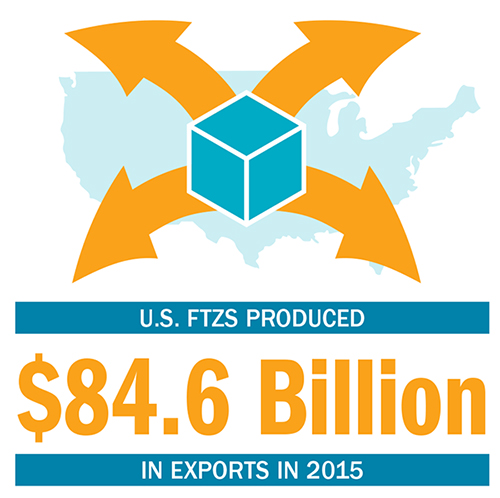
The ILO notes women zone workers face numerous challenges, including a lack of job security, inadequate maternity protection and widespread sexual harassment and assault. Women zone workers also lack access to affordable good-quality food, causing many of them to be undernourished and prone to illness. Many zone workers are internal migrants, traveling from rural areas to urban areas to work in the zones, but typically do not have access to high quality public transportation. This lack of public transportation causes many zone workers to walk long distances just to reach work. Overtime working is also widespread in zones, contributing to zones’ high turnover rates.
Too many free zones feature terrible working conditions, low pay and high turnover.
These major issues call into question what a successful free zone looks like. In a 2010 report on the performance of special economic zones in Sub-Saharan Africa, Thomas Farole, a senior economist in the World Bank’s Africa Department, laid out three measures of success for special economic zones: static economic outcomes, dynamic economic outcomes and socio-economic outcomes.
Static economic outcomes are defined as the short-term gains made through use of free zones as instruments and investment policy. These outcomes include investment, employment and exports. Dynamic economic outcomes are the result of the integration of free zones with a domestic economy, ultimately leading to structural change of the domestic economy. Diversification, production improvements and increased openness are examples of dynamic economic outcomes. Socio-economic outcomes refer to the quality of employment created and the gender-differentiated impact of zones. Farole argues successful zones focus on each outcome type and not just one.
The message is clear: zone projects cannot just be financial incentive zones for international businesses. They must improve the wellbeing of the surrounding community.
Farole notes there is a strong correlation between infrastructure quality and investment, exports and employment in zones. Trade facilitation, such as South Korea’s fostering of strong and positive relationships between free zone companies and local suppliers, is also strongly correlated with program outcomes. Farole found that traditional indicators of competitiveness, including low wages, trade preferences and fiscal incentives, are not correlated with zone success. Despite those indicators not being linked with zone success, the ILO notes many zone employers prefer young women because they can pay them less than men and more experienced workers.

Many free zones are burdened by interconnected and easily remedied impediments to their success, including lack of community support stemming from a disregard for local community development. In its 2016 piece “Mexico’s Special Economic Zones: White Elephants?”, the Woodrow Wilson International Center for Scholars’ Mexico Institute advised the Mexican government to “define success as local development, not as foreign investment” and to “avoid industries that reinforce competitiveness via low-paid-jobs.” The Mexico Institute argues long-term free zone success, and even survival, depends on supporting and developing the local community. The Institute cites specific examples in India and Bangladesh of disenfranchised and poor communities rising up against zone projects that do not support the local community.
The message is clear: zone projects cannot just be financial incentive zones for international businesses. They must improve the well-being of the surrounding community.
AFRICA
Tangier | Morocco
http://www.tangermedzones.com/
- The Zone operates as an export processing zone and focuses on production of agri-food, textiles, leather, metallurgy, mechanical, electronics, chemical and high technology.
- The Zone benefits from Morocco’s multiple free trade agreements (FTAs), including FTAs with the EU and the US.
- The Zone created more than 47,000 jobs and attracted more than €500 million worth of investment in its first 10 years of operation.
Lekki | Nigeria
- The Lekki Free Trade Zone operates within Lagos State and gives users access to Africa’s most populous nation, including its large working-age population between the ages of 18 and 34.
- The Zone caters to manufacturing, oil and gas, real estate and tourism companies.
- The Zone is less than 70 km. (43 miles) from Murtala Mohammed International Airport and approximately 50 km. (31 miles) from Apapa Port, the largest port in West Africa.
ASIA PACIFIC
Busan-Jinhae | South Korea
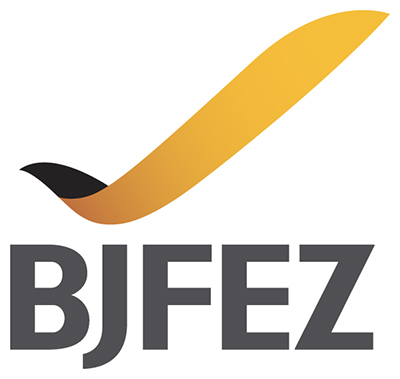
fez.go.kr/global/en/area/bjfez.do
- The Busan-Jinhae Free Economic Zone is Korea’s largest logistics hub, connecting more than 100 feeder ports in Japan, China and Russia while utilizing the award-winning Busan-Gimhae International Airport.
- Around 90 percent of Korea’s shipbuilding companies are located in the Busan area, which is home to around 40 percent of the country’s machinery and mechatronics companies and which also manufactures more than 50 percent of Korean automobiles.
Shanghai | China
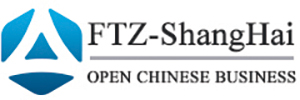
- The Shanghai Waigaoqiao Free Trade Zone is China’s first and largest Free Trade Zone.
- The Zone comprises four customs areas: Waigaoqiao Free Trade Zone, Waigaoqiao Free Trade Logistics Park, Yangshan Free Trade Port Area and Pudong Airport Free Trade Zone.
- The zone covers 28.78 sq. km. (11.1 sq. miles) and provides legal services for prospective and current investors.
US & CANADA
Atlanta, GA | United States of America
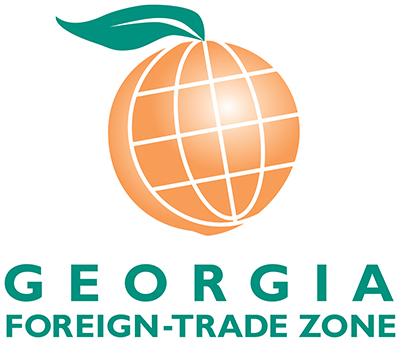
- The Foreign-Trade Zone is managed by the non-profit organization Georgia Foreign Trade Zone, Inc., originates in Hartsfield-Jackson Atlanta International Airport, the world’s busiest airport, and includes ports of entry in the coastal cities of Savannah and Brunswick.
- Benefits of using the zone include duty reduction, duty deferral and duty elimination. Duties are also not owed on labor, overhead and profit.
Corpus Christi, TX | United States of America

- Consumers benefit from duty reductions and elimination, in addition to eliminating inventory/ad valorem tax, eliminating drawbacks, minimizing security costs due to customs security requirements and avoiding quotas within the zone itself.
- Zone users benefit from assistance with inventory control and can qualify for benefits if they meet their governmental reporting responsibilities, including direct delivery and weekly entry which can expedite product movement.
MIDDLE EAST
Dubai | United Arab Emirates

- DMCC caters to more than 13,000 companies and focuses on a wide variety of commodities, including gold, diamonds, agriculture, financial services and energy services.
- The Zone houses more than 92,500 employees, two metro stations, more than 600 retail outlets and more than 300 restaurants.
- The Zone also features 66 commercial and residential tower buildings and five hotels.
Dubai | United Arab Emirates
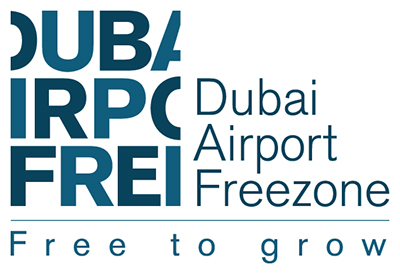
- The Dubai Airport Free Zone offers numerous setup and administrative services to prospective and existing zone users.
- The Zone provides access to all of the governmental departments and private organizations zone users will need to coordinate with to establish and improve their operations within the zone. These organizations assist with visa acquisition, employment contracts, office lease agreements, telecom setup and security services, to name a few.
EUROPE
Klaipeda | Lithuania

- The Klaipeda Free Economic Zone has more than 100 companies operating within the zone, 27 greenfield investment projects and has more than 4,000 employees working within the zone.
- The Zone specializes in automotive, mechanical engineering and equipment, plastics and pet, food and logistics, packing and value chain management products and services.
Cádiz | Spain
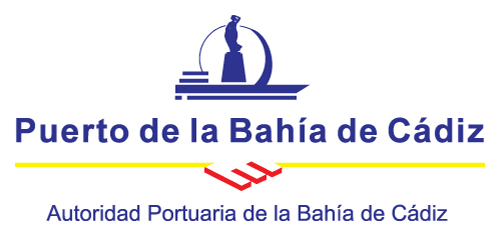
www.puertocadiz.com/opencms/PuertoCadiz/en/index.html
- The Cadiz Free Zone operates within the Port of Cadiz and features warehouses, storage pits, fridges, automobile cranes, ramps and industrial surface.
- The Zone allows users to store duty-free products and is located in the south of Spain, granting users a strategic Mediterranean location to launch into the European Union, other European countries, North African markets and Middle Eastern markets.
LATIN AMERICA & CARIBBEAN
Alajuela | Costa Rica
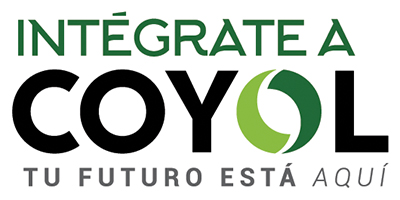
- With a focus on Life Sciences and Advanced Manufacturing, the Coyol Free Zone had nearly $1 billion worth of exports in 2015, has accrued more than $400 million worth of investment and houses more than 8,250 employees.
- The Free Zone and Business Park provides a variety of services for users to ensure successful installation and exportation of their products in addition to giving users access to Costa Rica’s large 15-34-year-old working population of more than 1.6 million (34 percent of the total).
Bogotá | Colombia

- Zona Franca Bogotá is the only free zone in the Bogotá urban area and is only 6 km. (3.7 miles) from El Dorado International Airport.
- The Zone has direct access to the freight corridor on Calle 13, giving users quick access to the primary freeway into Bogotá’s urban center.
- The Zone houses nearly 400 companies, the vast majority of which are logistics companies, manufacturers and wholesalers.
